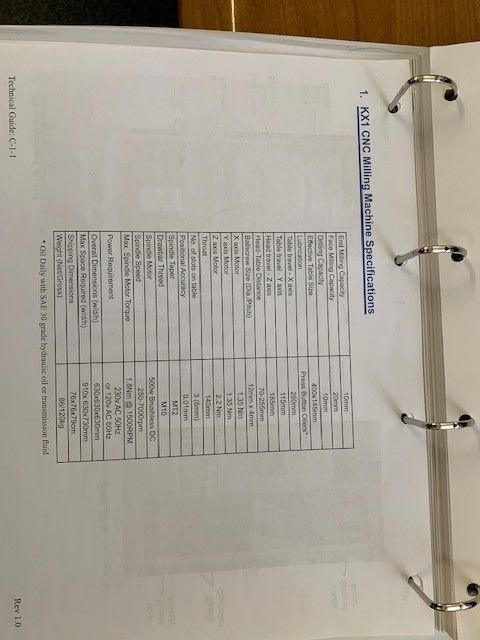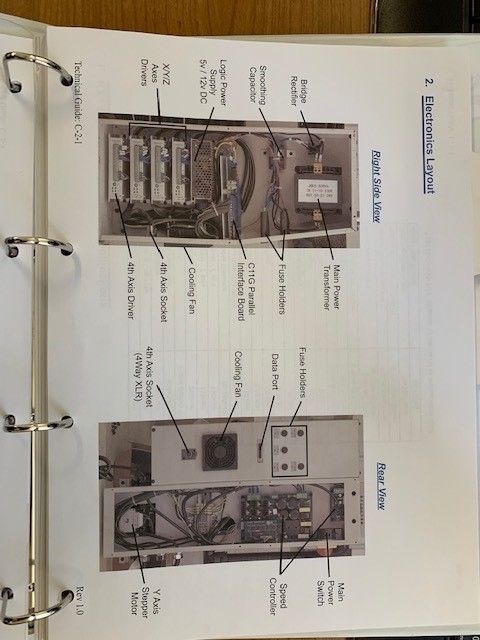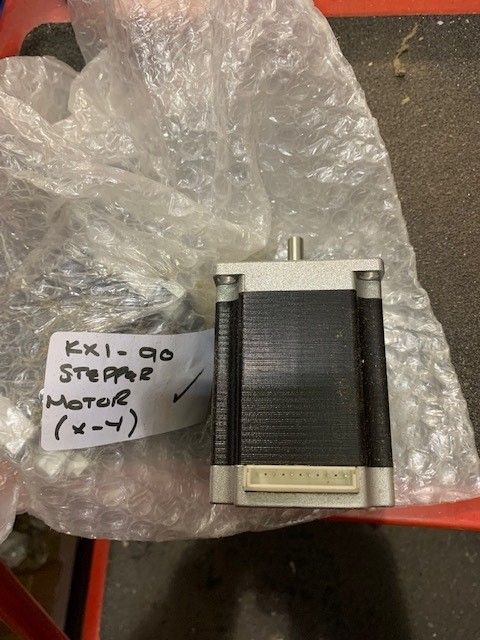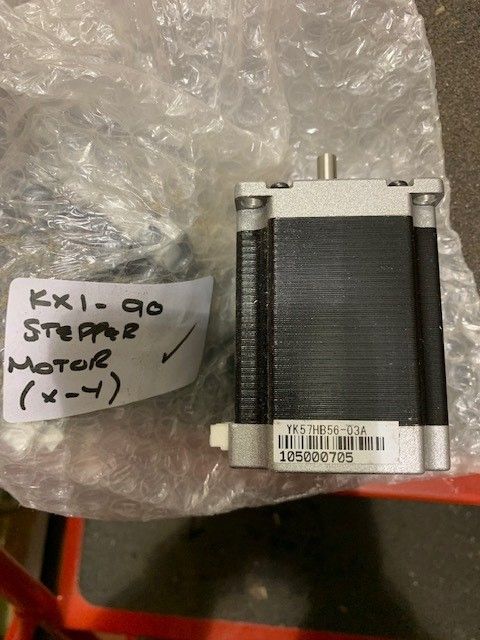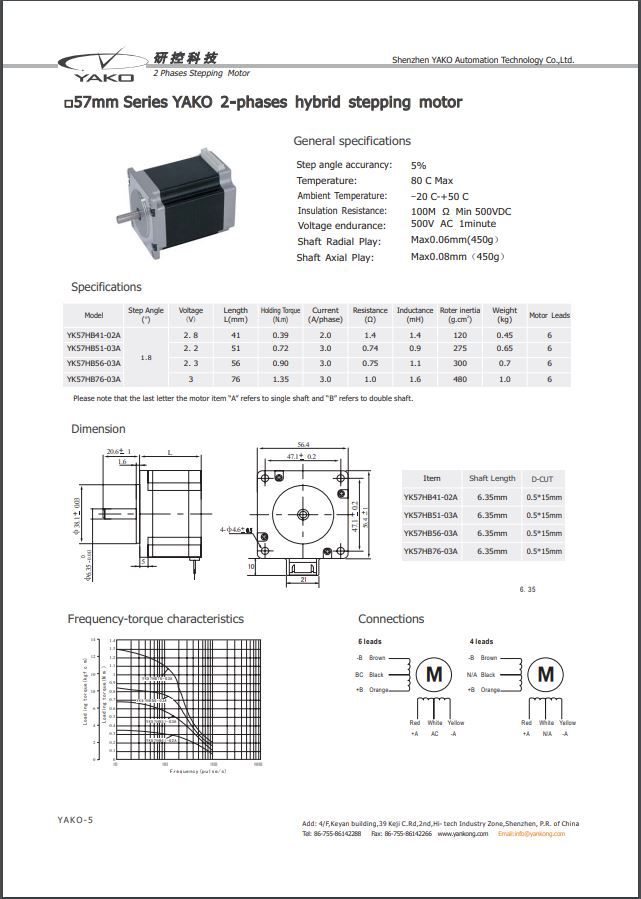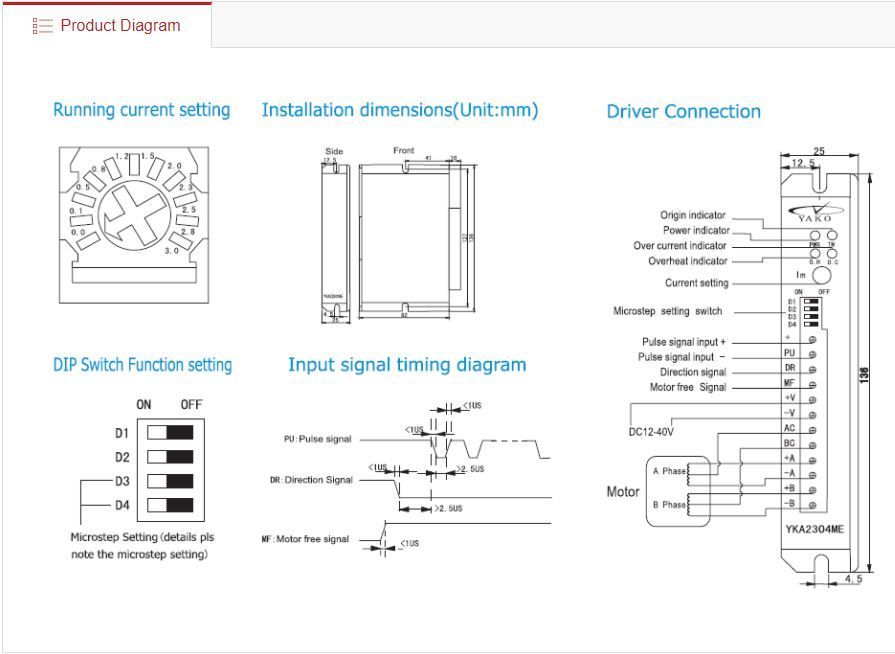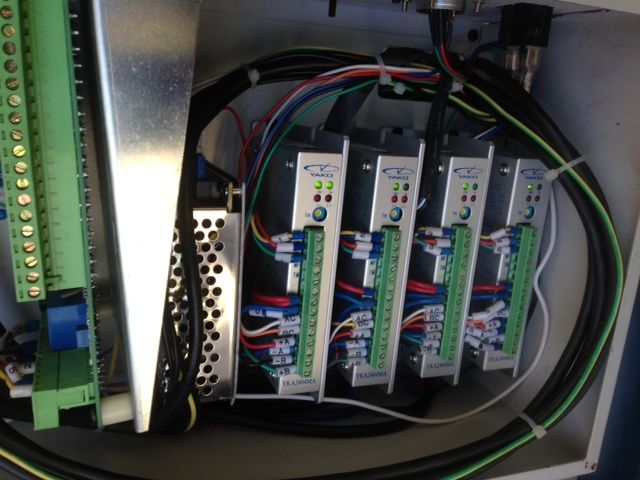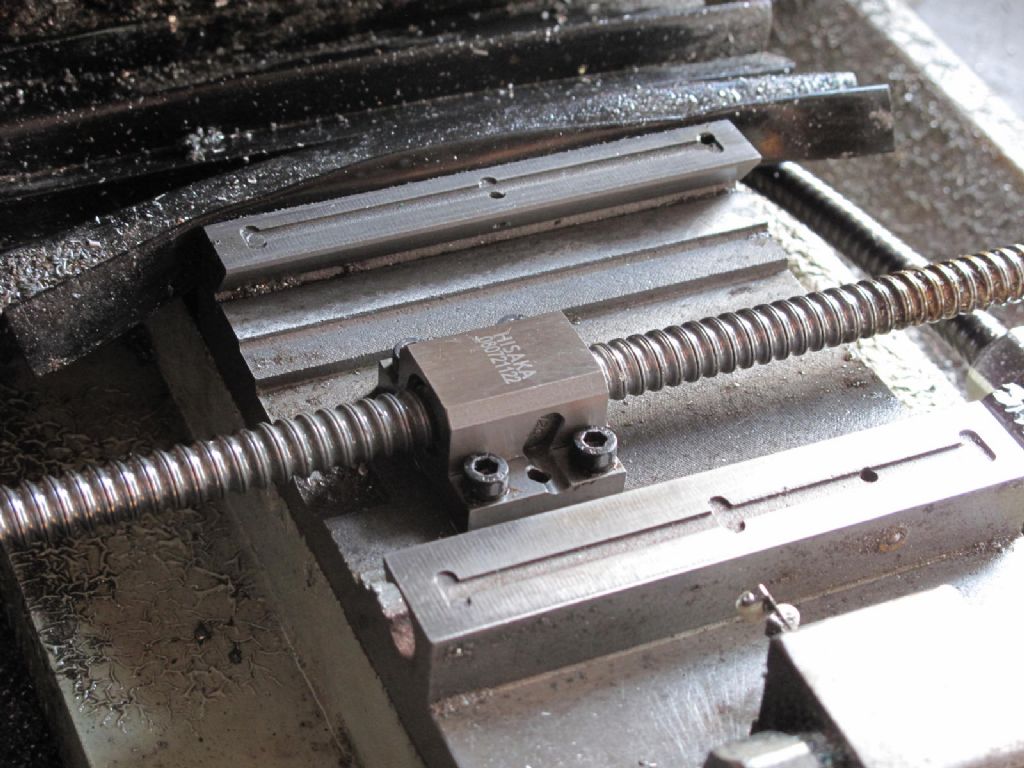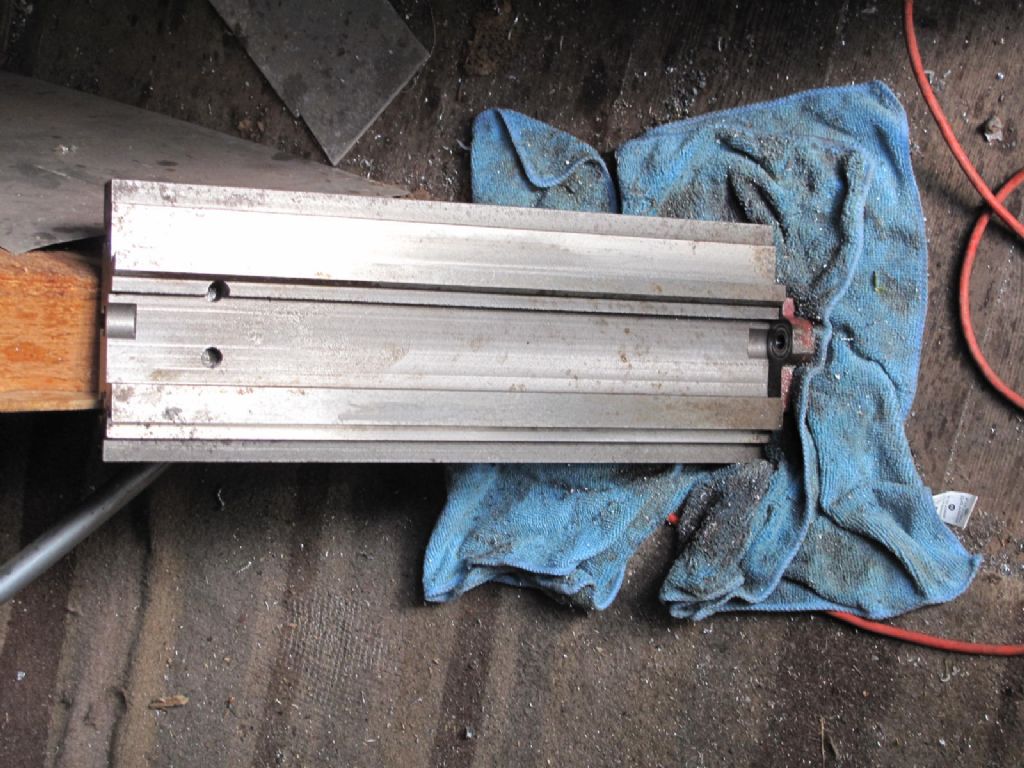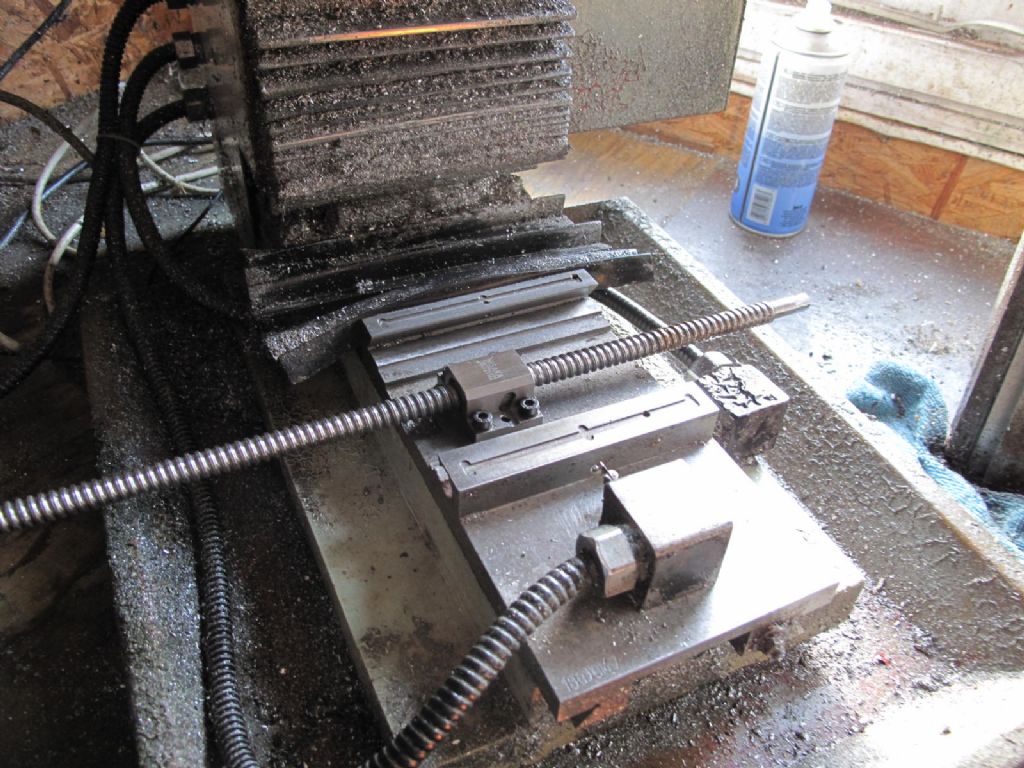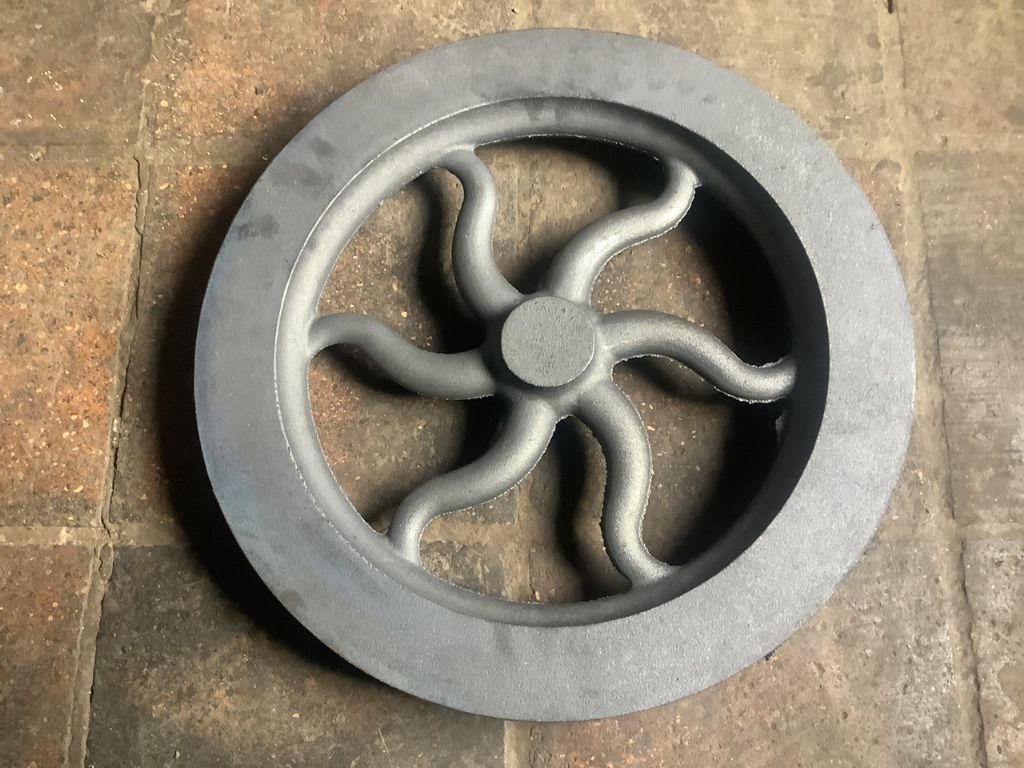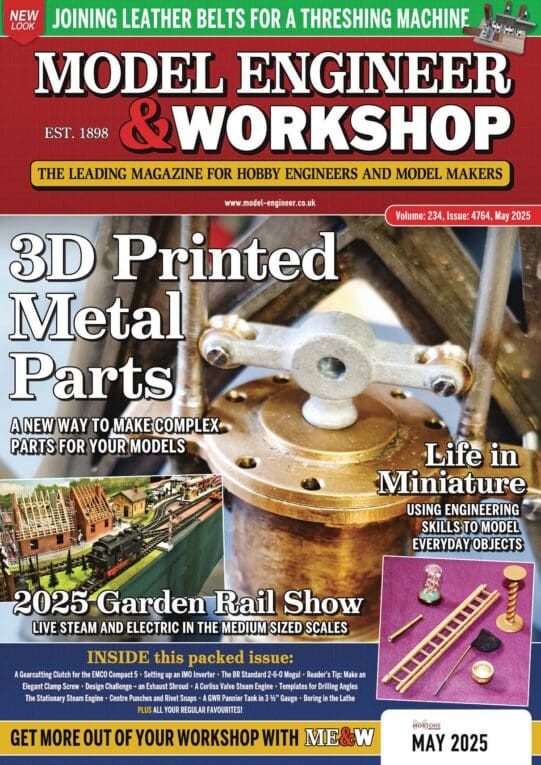Further Adventures with the Sieg KX3 & KX1
Further Adventures with the Sieg KX3 & KX1
- This topic has 394 replies, 38 voices, and was last updated 28 March 2025 at 13:44 by
 JasonB.
JasonB.
- Please log in to reply to this topic. Registering is free and easy using the links on the menu at the top of this page.
Latest Replies
Viewing 25 topics - 1 through 25 (of 25 total)
-
- Topic
- Voices
- Last Post
Viewing 25 topics - 1 through 25 (of 25 total)
Latest Issue
Newsletter Sign-up
Latest Replies
- Source of 8mm Dia flexible stainless steel tubing
- Air source heat pumps
- ME No155 Vol10 pg 359 of 1904
- Colchester Chipmaster tailstock shimming
- Metric Thread Cutting Without Conversion Wheel
- Stuart Twin Victoria (Princess Royal) Mill Engine
- Not a dial indicator!
- Acceptable feed screw backlash
- What Did You Do Today 2025
- Hitachi SJ300 VFD problem


![20220130_130014[1].jpg 20220130_130014[1].jpg](/wp-content/uploads/sites/4/images/member_albums/44290/903927.jpg)
